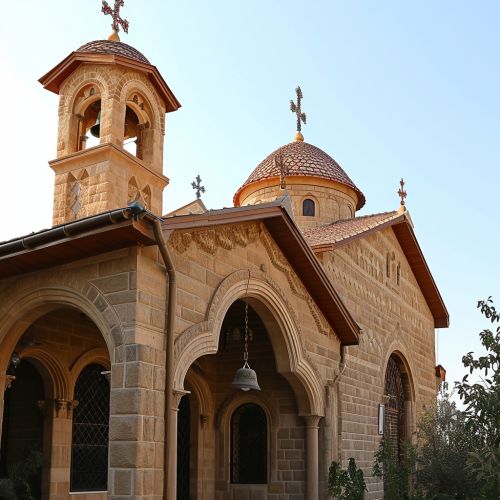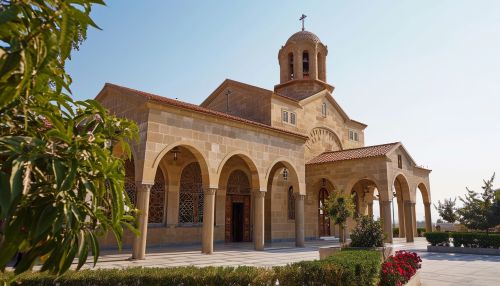Assyrian Church of the East
Introduction
The Assyrian Church of the East is an ancient, apostolic church, tracing its roots back to the 1st century AD. It is one of the oldest Christian denominations, with a rich history and unique theological and liturgical traditions. The church is headquartered in Erbil, the capital of the autonomous region of Kurdistan in Iraq.


History
The Assyrian Church of the East has a long and complex history, marked by periods of growth, persecution, and schism. It is believed to have been founded by Saint Thomas, Saint Thaddeus, and Saint Mari, who are traditionally credited with bringing Christianity to the Assyrian people in the 1st century AD.
Early Period
The church was initially part of the larger Christian community and participated in the Council of Nicaea in 325 AD. However, it began to diverge from the rest of Christendom following the Council of Ephesus in 431 AD, over theological disputes concerning the nature of Christ.
Middle Ages
During the Middle Ages, the Assyrian Church of the East expanded significantly, reaching as far as China and India. This period saw the development of a distinctive Assyrian theological and liturgical tradition, including the use of the Syriac language in its liturgy.
Modern Period
In the modern period, the church has faced numerous challenges, including persecution, emigration, and internal divisions. Despite these difficulties, it has continued to maintain its distinctive traditions and remains an important part of the global Christian community.
Theology
The theology of the Assyrian Church of the East is rooted in the teachings of the early Church Fathers, particularly those of the Antiochene school. It is characterized by a strong emphasis on the divinity of Christ, a distinctive Christology known as Nestorianism, and a unique understanding of the sacraments.
Christology
The Assyrian Church of the East is often associated with Nestorianism, a Christological doctrine that emphasizes the distinctness of the divine and human natures of Christ. However, the church itself rejects the label of "Nestorian," viewing it as a misrepresentation of its beliefs.
Sacraments
The Assyrian Church of the East recognizes seven sacraments: Baptism, Confirmation, Eucharist, Penance, Holy Orders, Matrimony, and Anointing of the Sick. These sacraments are seen as outward signs of God's grace, instituted by Christ for the sanctification of the faithful.
Liturgy
The liturgy of the Assyrian Church of the East is one of the oldest and most distinctive in Christianity. It is conducted in the Syriac language, a dialect of Aramaic, the language spoken by Jesus Christ. The liturgy is known as the Liturgy of Addai and Mari, named after two of the church's traditional founders.
Organization
The Assyrian Church of the East is led by a patriarch, who is considered the successor of Saint Thomas and Saint Mari. The current patriarch is Mar Gewargis III, who was elected in 2015. The church is organized into dioceses, each led by a bishop. The bishops, together with the patriarch, form the Holy Synod, the church's highest decision-making body.
Demographics
The Assyrian Church of the East has a worldwide membership of approximately 400,000 people, with the largest communities in Iraq, Iran, Syria, and the United States. The church's members are primarily ethnic Assyrians, an ancient Semitic people who trace their roots back to the ancient Assyrian Empire.
